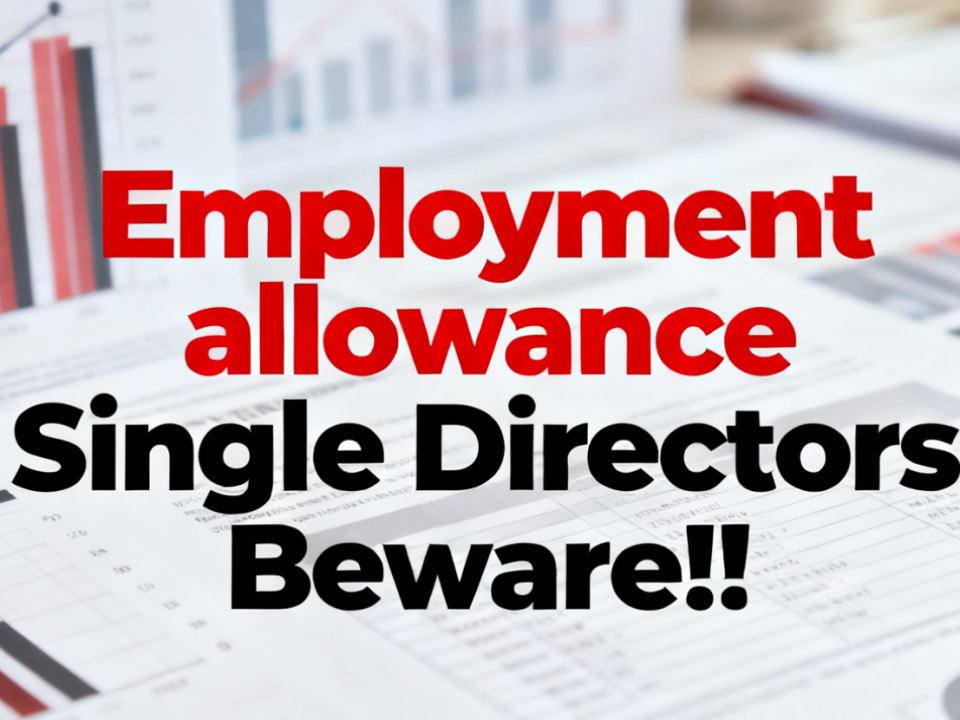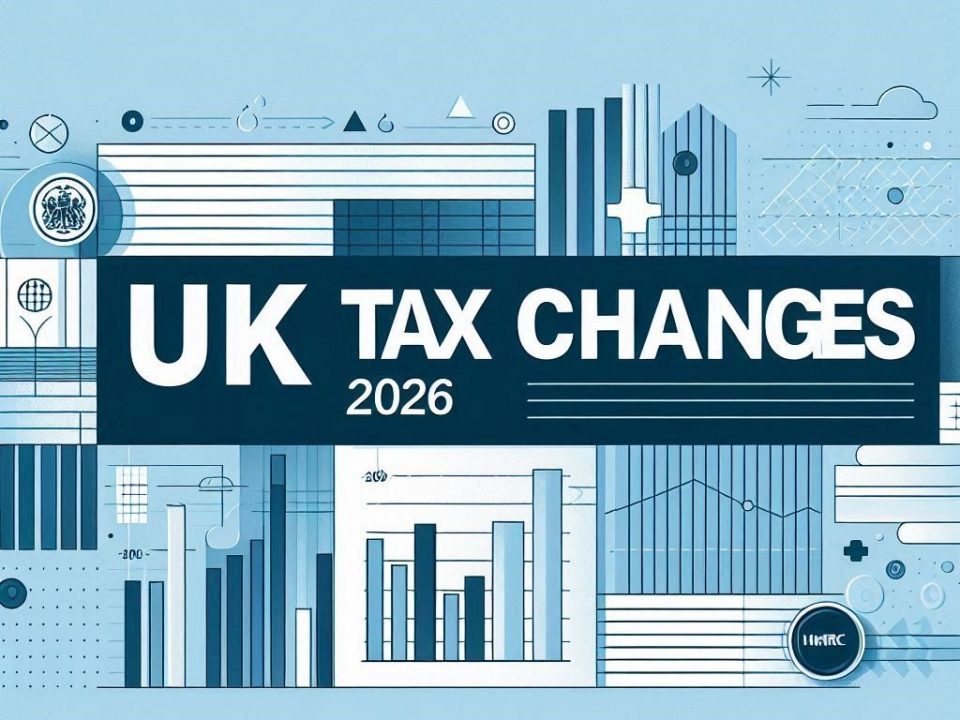How to Set Up a Limited Company in the UK: A Simple Step-by-Step Guide
May 5, 2025Pension Salary Sacrifice vs Net Pay Arrangement: What’s the Difference?
May 14, 2025Title: Understanding Reverse VAT and the Domestic Reverse Charge (With Examples)
Time to read: 5 minutes
💡 What Is Reverse VAT?
In most business transactions, the supplier charges VAT and accounts for it to HMRC. But under Reverse VAT (also known as the reverse charge), it’s the customer who accounts for the VAT instead.
This typically applies in cross-border transactions between UK and overseas businesses, and in specific UK industries, like construction.
🔁 How the Reverse Charge Works
- The supplier does not charge VAT on their invoice.
- The customer receiving the service must:
- Account for the VAT as if they had charged it themselves.
- Reclaim the VAT (if entitled) on the same VAT return.
This keeps things VAT-neutral for most VAT-registered businesses but shifts the burden of compliance to the buyer — which reduces fraud.
🌍 Reverse VAT in International Transactions
✅ Example: UK Business Buying Services from the US
ABC Ltd (UK, VAT registered) buys consultancy services from a US-based company.
- The US supplier issues an invoice without VAT.
- ABC Ltd must apply the reverse charge:
- Account for 20% VAT on the value of the invoice.
- Reclaim the same amount on the same return (if fully VAT recoverable).
Effect: No net VAT is paid, but the transaction is reported to HMRC.
🏗️ The Domestic Reverse Charge (UK)
This is a UK-specific version of reverse VAT and applies to construction services under the Construction Industry Scheme (CIS).
It was introduced to combat VAT fraud in the sector.
🔨 Example: Domestic Reverse Charge in Construction
Scenario: A subcontractor provides plastering services to a main contractor.
- Subcontractor (VAT registered under CIS) invoices for £1,000 of work.
- No VAT is charged on the invoice.
- The contractor:
- Accounts for £200 VAT (20%) as output tax.
- Reclaims £200 VAT as input tax on their return (if eligible).
The subcontractor writes on the invoice:
“VAT Reverse Charge: Customer to account for VAT to HMRC”
✅ Key Conditions for Domestic Reverse Charge
- Both supplier and customer must be VAT registered and CIS registered.
- The services must fall under the scope of specified construction services.
- The reverse charge does not apply if the customer is an end user (e.g. a developer or homeowner).
🧾 What Should the Invoice Say?
When applying the reverse charge, the invoice must:
- Clearly state no VAT is charged.
- Include the words:
“Reverse charge: customer to pay the VAT to HMRC.” - Show the amount of VAT that must be accounted for, but not added to the total.
🧠 Summary
| Type | Applies To | VAT Charged by Supplier | VAT Accounted by Buyer |
|---|---|---|---|
| Reverse VAT | Cross-border services/sales | ❌ No | ✅ Yes |
| Domestic Reverse Charge | UK construction services (CIS) | ❌ No | ✅ Yes |
⚠️ Final Tips
- Make sure both parties are VAT registered.
- Always check if the reverse charge applies before invoicing.
- If you’re unsure, get professional advice — errors in VAT treatment can lead to penalties.



